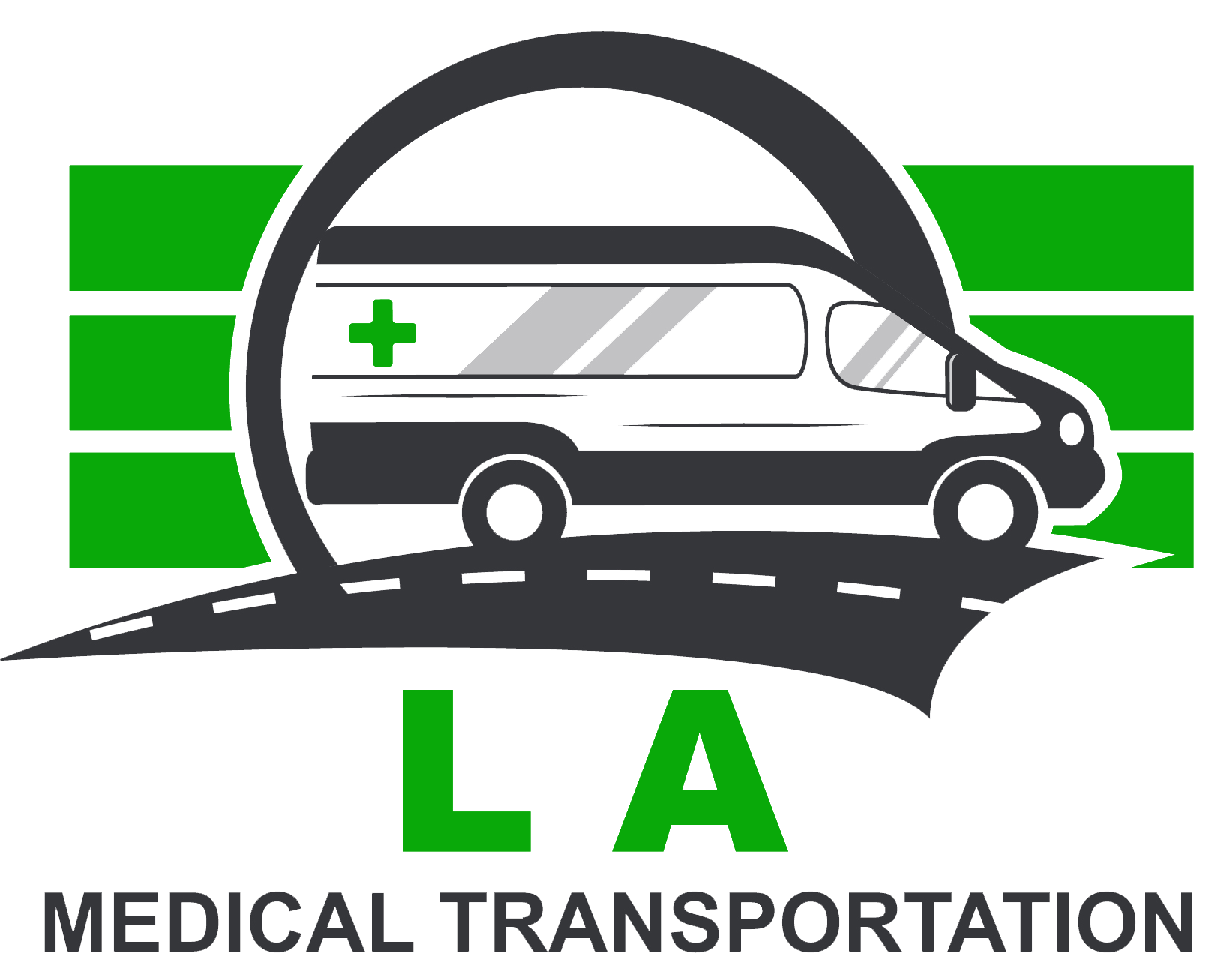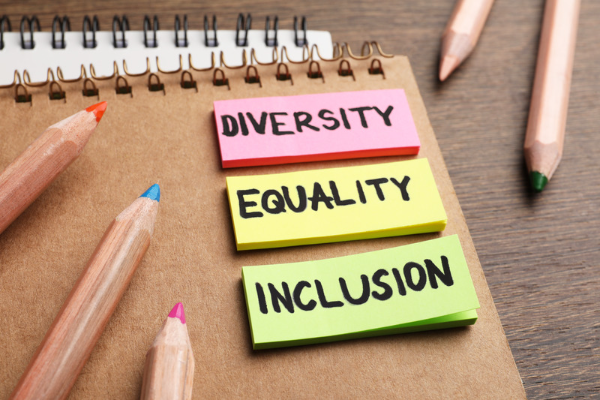In today’s society, promoting inclusivity and accessibility is crucial for fostering communities that embrace the needs of all individuals. While transportation accessibility is widely discussed, many other aspects of community life require attention.
This article will explore the importance of inclusive communities for persons with disabilities and explore strategies for promoting accessibility beyond transportation.
The Importance of Inclusive Communities for Persons with Disabilities
Inclusive communities are crucial for everyone, not just people with disabilities. Communities that are inclusively planned and constructed promote a sense of belonging.
It gives disabled people the ability to take an active part in social, cultural, and economic areas of life. A more lively and enriched society is the consequence of inclusive communities’ promotion of equal opportunities, reduction of isolation, and encouragement of different contacts.
Physical limitations, societal attitudes, and constrained access to resources and services are just a few of the particular difficulties that people with disabilities deal with daily. We can foster an atmosphere where everyone, regardless of ability, feels appreciated, respected, and supported by embracing inclusion.

Additionally, inclusive communities acknowledge and value variety, promoting tolerance and respect.
Promoting Accessibility in Inclusive Communities
Achieving optimal community well-being encompasses more than just transportation accessibility. It necessitates a comprehensive approach that embraces various spheres of communal existence. Expanding accessibility beyond transportation entails navigating the intricacies of communication channels, services, and social engagements.
To prioritize effective and inclusive communication, community organizations, businesses, and public services must emphasize employing clear and easily understandable methods. This entails adopting multifaceted approaches wherein information is disseminated in various formats, encompassing Braille, large print, or even audio mediums.
The establishment of inclusive communities necessitates an unwavering commitment to rendering services that transcend barriers and cater to the diverse needs of all individuals. This encompasses ensuring that healthcare facilities have state-of-the-art resources and provisions that can seamlessly accommodate individuals with disabilities.
Furthermore, it entails offering an extensive array of inclusive recreational programs, fostering an environment wherein libraries become accessible hubs of knowledge, and providing ample educational opportunities to all members of society.
Facilitating inclusive social interactions within communities is paramount in fostering an equitable and harmonious society. This laudable objective can be achieved through the astute organization of community events that epitomize accessibility and inclusivity at their core.
Local businesses, on their part, can actively contribute to this collective endeavor by nurturing environments that radiate warmth and inclusivity. This is accomplished through the comprehensive training of staff members to be acutely attuned to the specific needs of individuals with disabilities and augmenting their facilities to ensure accessibility.
Ensuring Physical Accessibility for All
Ensuring physical accessibility stands as a fundamental pillar of inclusive communities. It encompasses designing and implementing spaces that are effortlessly navigable and functional for individuals with a range of mobility requirements.
Vital aspects to consider comprise the installation of ramps, elevators, designated accessible parking spaces, doorways of sufficient width to accommodate wheelchairs, and the inclusion of tactile indicators to aid those with visual impairments.
Furthermore, public facilities, parks, recreational areas, and businesses must pursue comprehensive accessibility measures actively.
Final Thoughts
Inclusive communities possess a transformative force, extending accessibility far beyond mere transportation. When we acknowledge the significance of inclusivity, we can construct communities catering to every individual’s requirement.
The burden falls upon us collectively to dismantle physical and societal barriers, ensuring equal opportunities and cultivating an atmosphere where everyone is esteemed and emboldened. Together, let us strive towards creating inclusive communities that embrace the multitude of diversity and untapped potential within every member.

